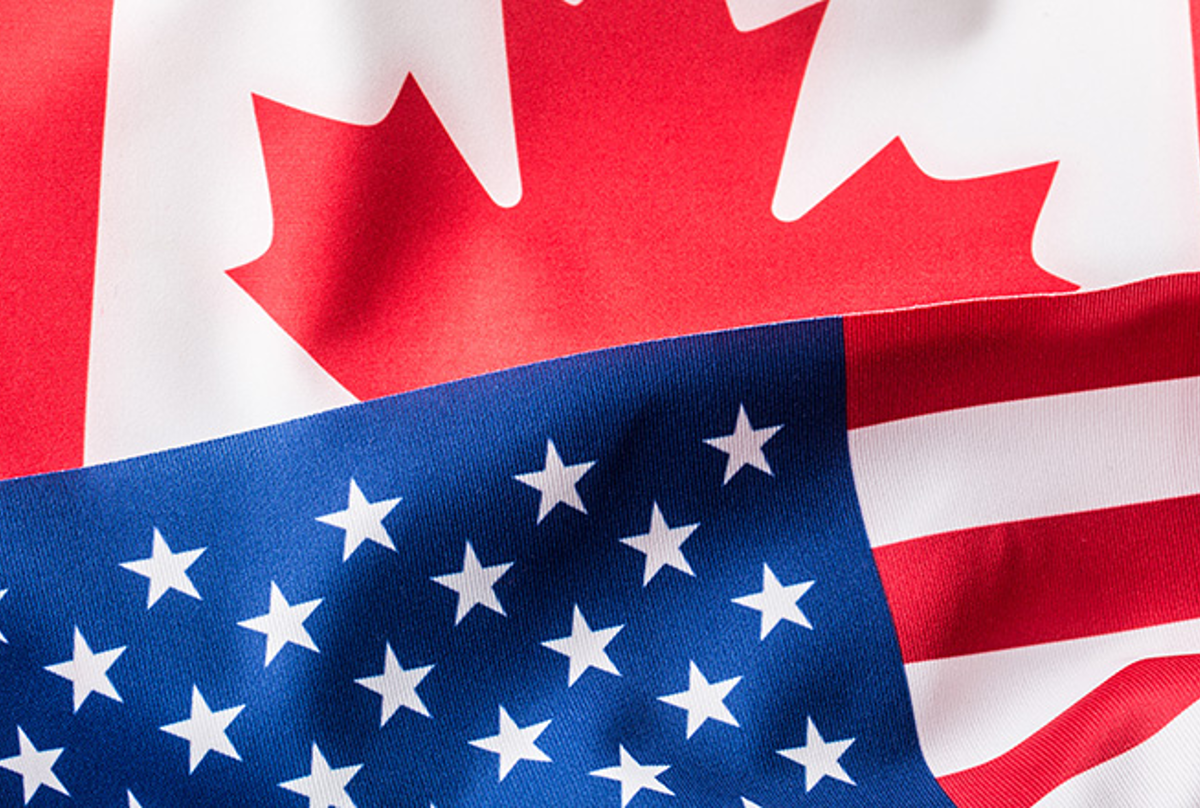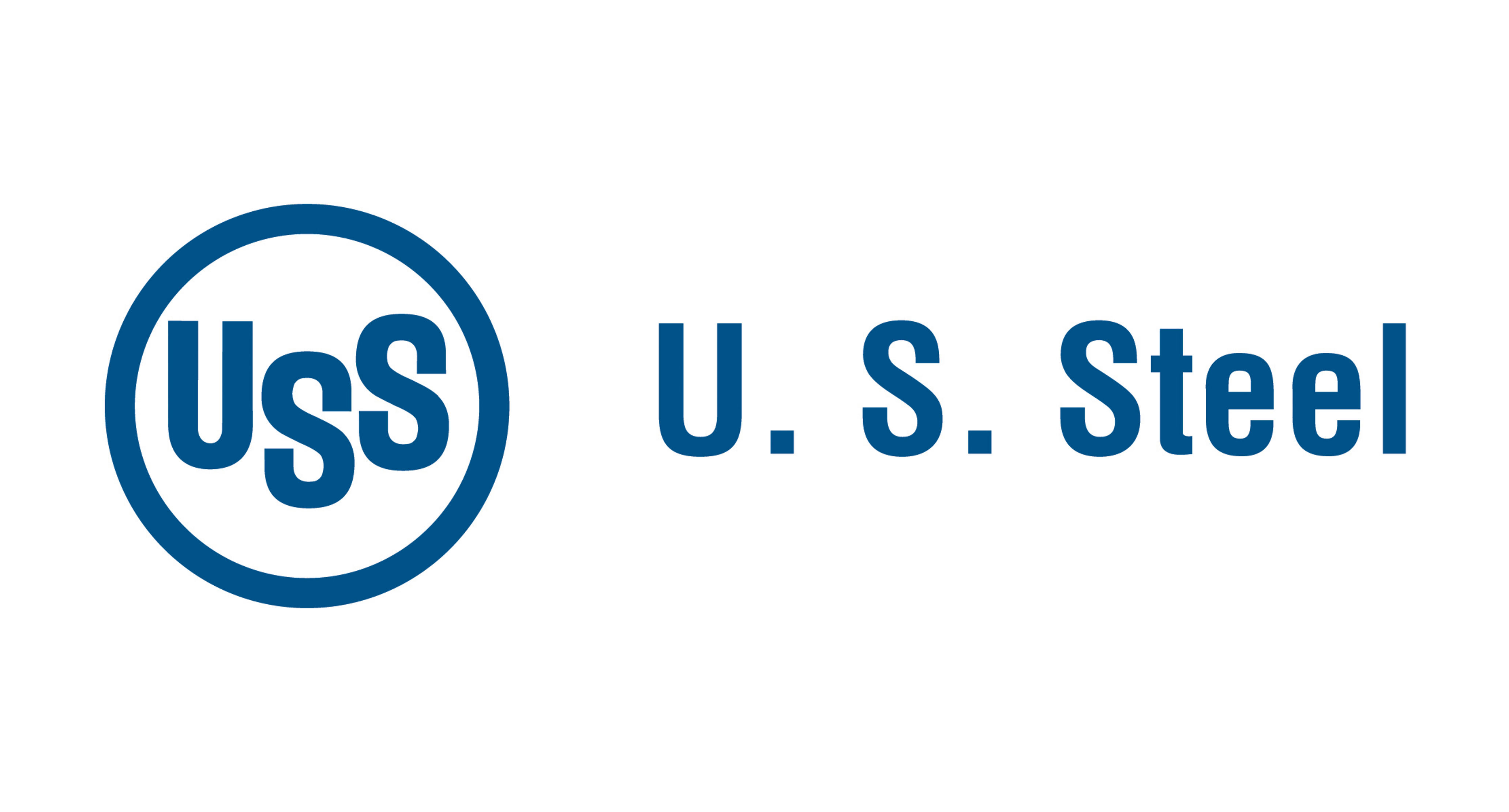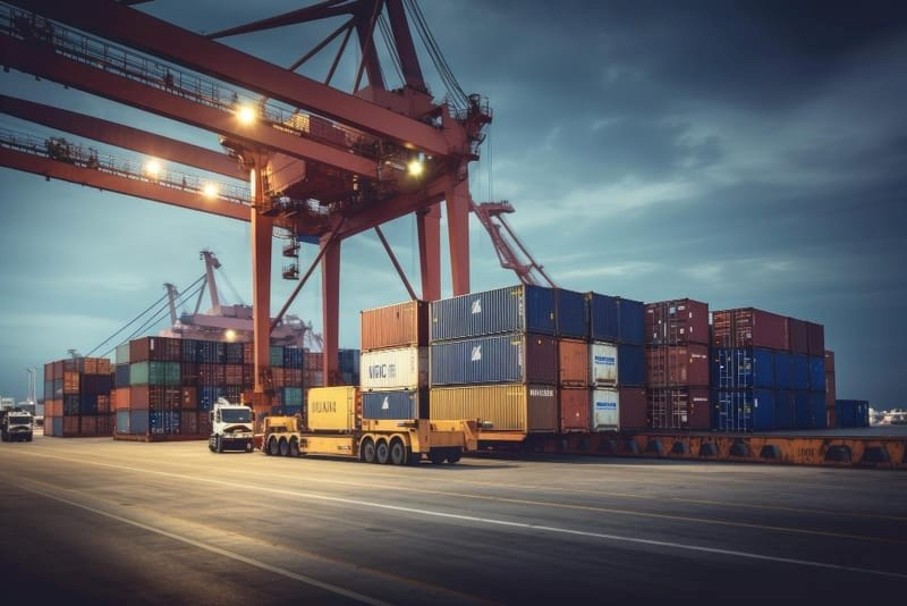Government/Policy

September 9, 2021
Bell: Tariff Rate Quota on the Table in Trade Talks with EU
Written by Tim Triplett
There’s a good chance the Section 232 tariffs on steel imports from the European Union could be replaced by a tariff rate quota (TRQ) as soon as November as a result of trade talks now under way between officials from the U.S. and EU. The EU is strongly opposed to the Trump-era “national security” tariffs on steel and aluminum and has threatened additional retaliatory tariffs of its own on various goods unless the U.S. offers an alternative.
“It appears the two sides are looking seriously at a tariff rate quota,” said Steel Manufacturers Association (SMA) President Phil Bell in comments to Steel Market Update today.
![]() SMA would support a TRQ under certain conditions, Bell said. For one, the exclusions to the Section 232 tariffs would need to be eliminated. Commerce has granted a large number of exclusions on products from countries all over the world, not just the EU. “If we let the additional volumes from the EU come in via a TRQ, those tons would have to be offset in some way,” Bell said.
SMA would support a TRQ under certain conditions, Bell said. For one, the exclusions to the Section 232 tariffs would need to be eliminated. Commerce has granted a large number of exclusions on products from countries all over the world, not just the EU. “If we let the additional volumes from the EU come in via a TRQ, those tons would have to be offset in some way,” Bell said.
Second, terms of the TRQ would have to be flexible to account for the differences between specific products. And third, the tonnages imported from EU countries would have to be measurable and verifiable. “We also hope the discussions talk about subsidies and what we can do together to decarbonize the global steel industry,” Bell added.
TRQs are usually set based on historical import periods. EU steel exports to the U.S. would be tariff-free up to a certain base level, after which a tariff would kick in. The import level and the tariff rate are subject to negotiation, but the duty on tonnages exceeding the quota could turn out to be more or less than the 25% rate under Section 232, Bell noted.
The two sides are working toward a Nov. 1 deadline to reach an agreement. “I am pretty confident that deadline will be met. This is a high priority for the administration. They have their A teams working on this,” Bell said.
Section 232, put in place by President Trump in 2018, was meant as a temporary fix against unfair import surges. It’s necessity as a safeguard has grown hard to defend by a domestic steel industry that is enjoying record sales and profits.
Will a TRQ pact with the EU be the first domino to fall, with other countries seeking the same treatment? “That’s hard to say,” said Bell. “The EU is a big ally, but there are a lot of bad actors out there where Section 232 still needs to apply – most notably China. But if we get a workable agreement here, this could serve as a potential roadmap for other countries.”
By Tim Triplett, Tim@SteelMarketUpdate.com







